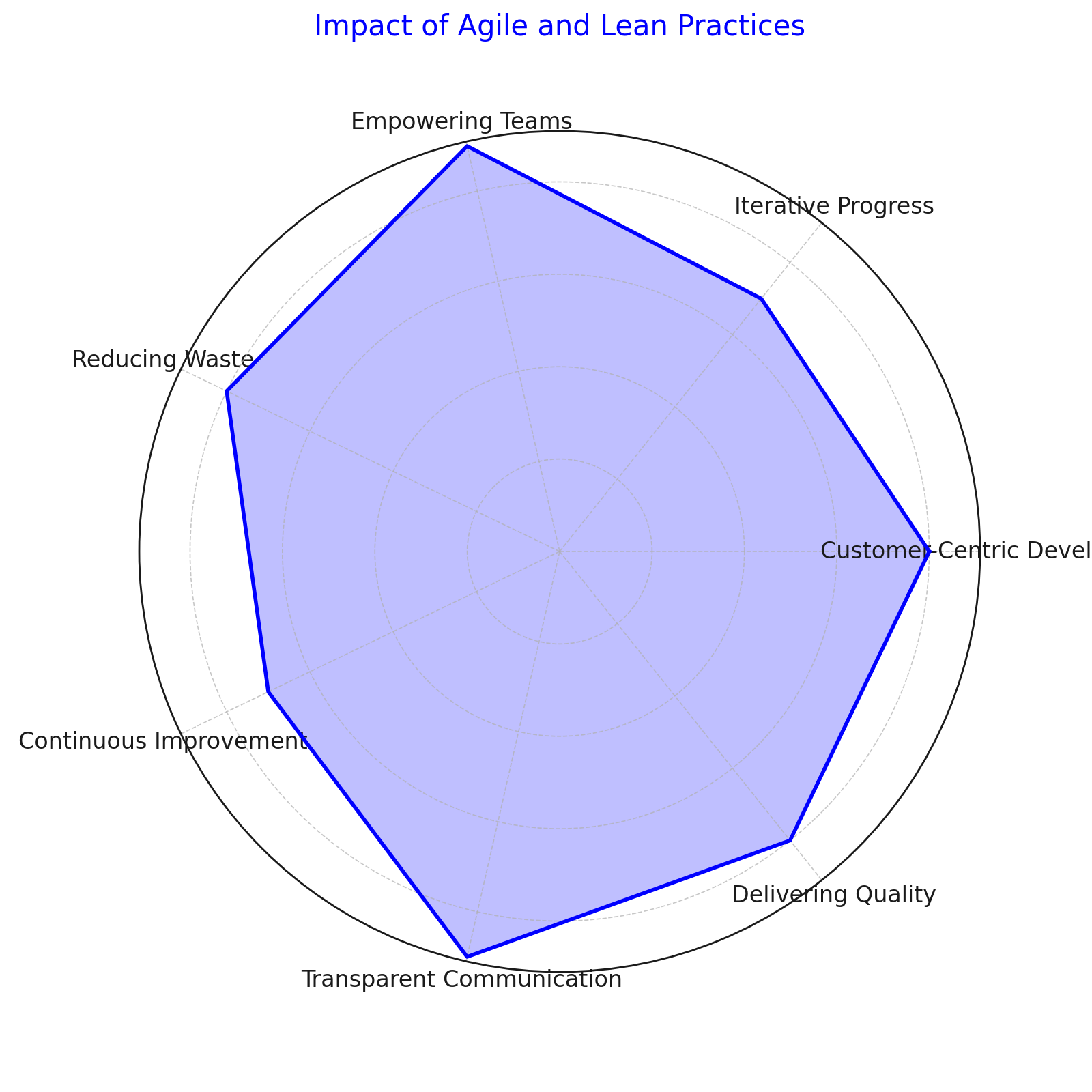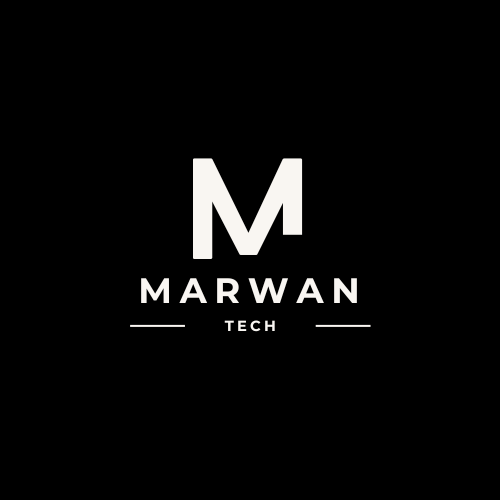Embracing Agile Practices: Driving Efficiency and Innovation

Looking at the ever-growing rate of software development, having implemented Agile approaches for a couple of years now has been a blessing to my teams and me due to their efficiency and ability to encourage the process of constant improvement. In this article, I’ll try to reveal some tips and observe my implementation of Agile in my work process and changes, occurred in it.

1. Customer-Centric Development
A commonality of both Agile is that they aim to deliver different and sometimes maximum value to the customer. Classic long development-process methodologies are used in development models, where solutions are frequently largely outdated by the time they hit the market.
While the Agile methodologies do involve SDLC processes, they are more concerned with iterative communication with customers and fast turnarounds. This makes sure that what we develop is current in the needs of the users and the wants of the users as well. As we incorporate customer feedback in a constant basis, we can promptly advance with the changing market and customer needs.
Key Takeaway:
Evaluating the final product by the opinions of customers and implementing the product through the veil of iterations is beneficial because the products developed in this way are closer to what the customer wants and needs, and it is also easier to make changes in such a process.
2. Iterative and Incremental Progress
Another key concept in Agile is that of imaginable and comprehensible increments known as sprints, through which large projects are divided into smaller, more manageable tasks. This approach enables teams to iteratively release constant updates and enhancements to the product instead of uninterruptedly releasing a single version of the entire product.
If we work in one long stretch, we might not notice problems until it is too late, and the day is shot; however, when working in small but continuous blocks, we can see problems early and make the necessary corrections while ensuring that there is continuous progression. It also decreases the risk of making errors and keeps the team continually rewarded with benchmarks that are easily attainable.
Key Takeaway:
Pree-span Continuous development allows for early mistake detection, correction as well as conversion when necessary and frequent software updates.
3. Empowering Teams
Automotive Agile: the methods are established for self-organizing teams so people take responsibilities for them. Many scholars have pointed out the benefits of empowering employees and teams such as enhanced team performance, increased creativity, and better problem solving skills on the job. In distributing work and delegating, we ensure that team members are fully in charge and owner of the work responsibilities they receive.
However, the above described empowerment contributes positively to morale and performance, in my opinion. Specifically, employees are willing to perform extra effort and expend their time and energy to engage and implement the strategies and recommendations put forward by the team since they are recognized as essential participants in the process.
Key Takeaway:
Delegation of authority to the teams results into higher commitment, enhanced idea flow/energy, and problem solving.
4. Reducing Waste
Lean means that no non-value added activity should happen in the organization which means that the activity should not be performed at all if it does not add value to the customer. Examples of wastes in this perspective encompass overburdensome procedures, paperwork, conferences and mere frills. Hence, the following are wastes that need elimination: Bowling, cheering, overstated process control, accessibility (because of document movement), and invoice tags.
In practice, this might be done by eliminating redundancies where anyone has to do something more than once, not passing information between departments or teams and constantly seeking ways to improve the processes to avoid delays. This makes working of the team easier and better since they are capable of delivering better products in shorter time than before.
Key Takeaway:
Elimination of waste in organization through rationalizing methods and avoiding the several, time-consuming.recurrence augments performance and output.
5. Continuous Improvement
A key aspect of Agile is the commitment to continuous improvement. This involves regularly reflecting on our processes and outcomes, identifying areas for enhancement, and implementing changes incrementally. Regular retrospectives and feedback loops are crucial for this process.
By fostering a culture of continuous improvement, we ensure that our team is always learning and evolving. This not only helps us stay competitive but also keeps the work environment dynamic and engaging.
Key Takeaway:
Regular retrospectives and feedback loops enable teams to identify areas for enhancement and implement changes incrementally.
6. Transparent Communication
Open and transparent communication is essential in Agile environments. Daily stand-ups, sprint reviews, and collaborative planning sessions ensure that everyone is aligned and working towards common goals. This transparency helps build trust within the team and ensures that issues are addressed promptly.
Fostering open communication channels leads to better collaboration and more cohesive teamwork. When everyone is on the same page, we can move forward with confidence and clarity.
Key Takeaway:
Transparent communication ensures alignment, builds trust, and fosters teamwork.
7. Delivering Quality
Quality is built into every step of the Agile process. Practices like test-driven development (TDD), continuous integration (CI), and automated testing ensure that we maintain high standards and deliver robust, reliable products. By integrating quality checks into our workflows, we can catch issues early and prevent them from becoming larger problems down the line.
Incorporating these practices has significantly improved the quality of our deliverables and reduced the number of bugs and issues in our releases.
Key Takeaway:
Integrating quality checks into workflows ensures high standards and delivers robust, reliable products.
Conclusion
Adopting Agile practices has transformed the way we work, leading to faster delivery times, higher-quality products, and a more motivated team. These methodologies promote a culture of continuous improvement, customer-centric development, and empowered teams, all of which are essential for success in today's dynamic software landscape.
When you look to move into a leadership role, bringing these methodologies to new teams and drive even greater success. By embracing Agile practices, we can build more efficient, innovative, and resilient teams.
How have Agile practices impacted your work? I'd love to hear your experiences and insights.
